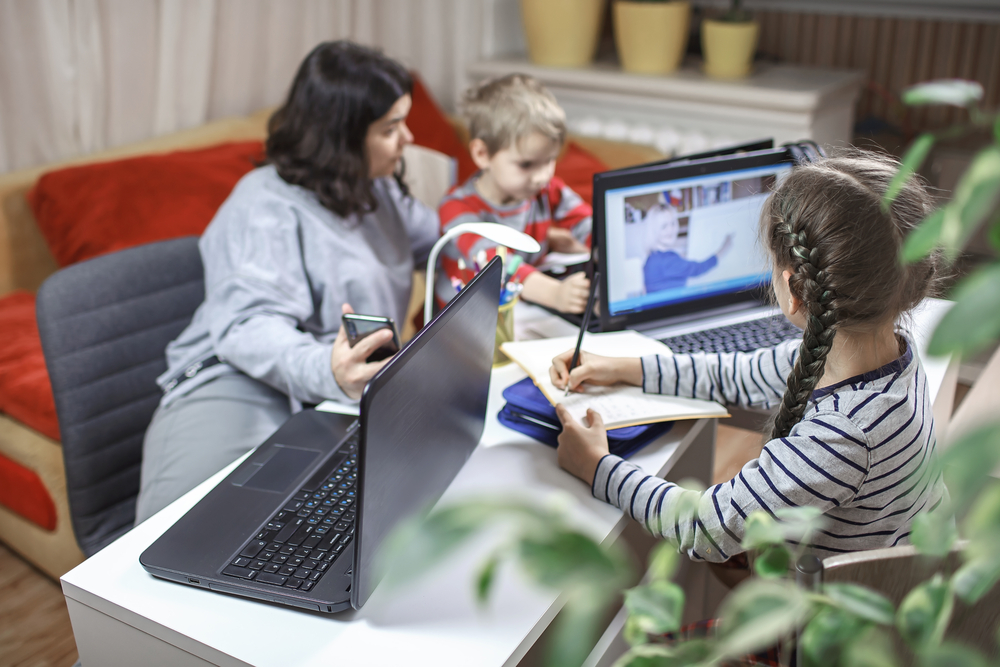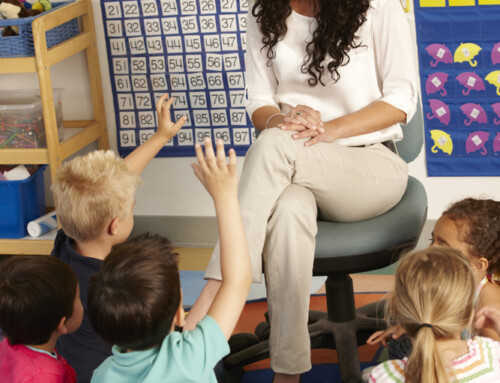{Read in 4 minutes} I was invited by Michael Lang to contribute to his recently published, multi-lingual book Family Conflict During a Pandemic: Stories of Struggle and Hope, co-authored with Peter Nicholson, in which mediators and other professionals came together to support families around the world.
For this purpose, I chose two examples of divorcing couples who came to mediation during the Covid-19 pandemic and worked as a team to give the best support they could to their children. They came up with their own ways of dealing with their jobs and their children’s school obligations even though they were themselves experiencing the breakdown of their marriage and the fear of how the rampant virus was affecting the whole world.
Couple One
The parents of a 6-year old boy and an 8-year old girl had agreed to live no further than a 10-minute walk from one another so that they could both have easy access to their children. When faced with the pandemic, working remotely and homeschooling their children, they maintained their 50/50 overnight parenting schedule, whereby each of them would have the children for one week (7 nights) but modified the daytime schedule in the following ways:
•Monday through Friday, from 8:00, am until 4:00 pm they would each take one child, making it less burdensome for each of them to help with online schooling while attending to their own work.
•At the end of each day, the parent whose turn it was to have the children overnight, would prepare dinner. The other parent would drop off the child they had during the day.
•On the weekends, one parent took both children for the day on Saturday and the other for the day on Sunday. This gave them each some free time once a week, to tend to their own needs and refuel for the following week.
Couple Two
The other couple who had also started living separately agreed that for the duration of the pandemic, and while high schools and colleges were closed, they would hold off on the sale of their jointly owned country home, and move back into it together with their 16- and 19-year-old sons. They had sufficient space so that each of them could have separate sleeping areas. However, they would all have to share a single car.
They posted on the refrigerator door a weekly schedule indicating who would shop for food and household necessities, and who would cook dinner on any given day. The boys were able to attend to their schoolwork on their own but also had their tasks helping around the house and outdoors. They all remained full-time in the house from March until December 2020, including the holidays in December.
For this family, moving back in together when their plan was to get a divorce required a lot of effort and goodwill on both their parts. Months later, with a pandemic lasting longer than anyone anticipated, with high school attendance required a couple of days a week and college opening in January 2021, they adapted their schedules and took turns using the second home and the car.
Parenting during the pandemic required flexibility, putting the children’s needs ahead of one’s own, and adapting to the ever-evolving situation. Even though we may have our own fears and frustrations, we must provide stability and be a model of how to manage crises as they arise.
Since we wrote this article, and with increasing vaccination rates, people are hopeful that restrictions will continue to loosen up and they can begin to adjust to the “new normal.”
Jennifer Safian
divorce and family mediation
upper east side of manhattan (nyc)
new york, ny
(917) 881 5206
jpsafian@gmail.com
Latest posts by Jennifer Safian (see all)
- coping with divorce guilt - April 17, 2024
- does not reaching an agreement mean the mediation process failed? - March 27, 2024
- should I tell my children’s school that we are getting a divorce? - March 13, 2024






Leave A Comment